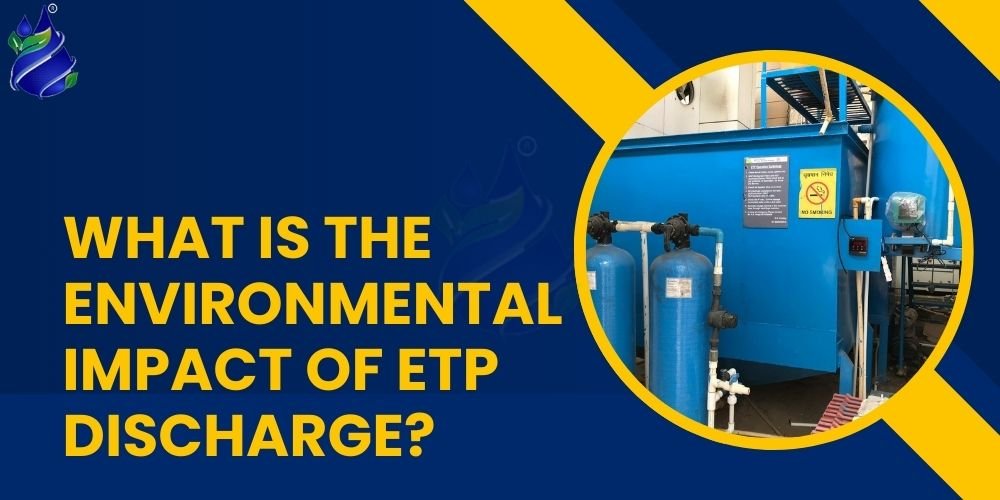
Introduction
Before wastewater is recycled or released back into the environment, it must first be treated at a wastewater treatment plant in order to lessen the effects of wastewater on the environment. Used water that has been contaminated by different substances as a result of commercial, industrial, residential, or agricultural operations is referred to as wastewater. The principal goals of a wastewater treatment facility includes-
- Eliminate Impurities: Physical, chemical, and biological impurities must be eliminated as part of wastewater treatment. This comprises all of the potentially hazardous materials, nutrients, organic matter, solids, and pathogens found in wastewater.
- Preserve Public Health: By treating wastewater, the plant helps get rid of or lessen the amount of microorganisms that cause disease, making the water safe to release into receiving water bodies or to use again in certain situations.
- Save the Environment: Aquatic ecosystems may suffer if untreated wastewater is released into natural water bodies. Wastewater treatment plants are essential for reducing the negative effects on the environment because they clean and treat wastewater prior to its release.
- Respect Regulations: Strict guidelines and standards are frequently established by governments and environmental organizations regarding the caliber of water that is released into water bodies. Wastewater treatment plants make sure that these rules are followed in order to stay out of trouble with the law and to encourage environmentally friendly behavior.
What is ETP?
Before being released into the environment or into municipal sewage systems, industrial wastewater or effluent from different manufacturing processes is treated in an effluent treatment plant (ETP). An ETP's main goal is to remove or minimize pollutants, contaminants, and other dangerous materials from industrial wastewater in order to comply with legal requirements and avoid having a negative impact on the environment.
An Effluent Treatment Plant's fundamental components and procedures include-
- Screening: Using physical barriers like screens, the first stage entails removing big solids and debris from the wastewater.
- Primary Treatment: Using techniques like sedimentation or clarification, this step involves removing heavy particles and suspended solids from the wastewater. The total pollutant load is lessened with the aid of primary treatment.
- Secondary Treatment: Uses biological processes to break down organic pollutants in wastewater by means of microorganisms. Activated sludge processes, biological filters, and oxidation ponds are common techniques.
- Tertiary Treatment: The goal of the tertiary treatment stage is to further polish the effluent in order to meet discharge standards. It might involve further filtration, chemical processing, and sophisticated procedures like reverse osmosis or membrane filtration.
- Chemical Treatment: To help with the precipitation or coagulation processes that remove particular contaminants from wastewater, different chemicals may be added.
- Disinfection: To get rid of any harmful microorganisms or residual pathogens, effluent may occasionally go through disinfection. Ozonation, ultraviolet (UV) irradiation, and chlorination are common disinfection techniques.
- Sludge Handling: Sludge is the term for the separated solids that are usually treated independently during the treatment process. Before being disposed of or used again, sludge may go through additional processing like digestion and dewatering.
Impact of the ETP Discharge on the Environment
Depending on the efficacy of the treatment procedures, the kind of pollutants, and the environmental sensitivity of the receiving water bodies, the discharge from Effluent Treatment Plants (ETPs) can have few positive effects. Regarding the effects of ETP discharge on the environment, below mentioned points are noteworthy-
- Decreased Water Pollution: Treating industrial wastewater and lowering pollution levels prior to discharge is the main goal of ETPs. Effluent that has been properly treated contributes to preventing or reducing water pollution, safeguarding aquatic ecosystems and the creatures that live there.
- Preserving Human Health: ETPs are essential in eliminating toxic materials from wastewater, which helps to preserve public health. This is especially crucial in places where communities downstream that depend on water sources for drinking and other uses may be at risk from untreated industrial effluents.
- Ecosystem Preservation: ETPs help to maintain natural ecosystems in rivers, lakes, and other bodies of water by cleaning up industrial effluents. Thus, ecological balance and biodiversity are preserved.
Conclusion
For assistance with the establishment of any of the aforementioned treatment plants, please contact Trity Enviro Solution at +91 9821030072 or via email at enquiry@trityenviro.com. We are manufacturers of commercial RO plants, industrial RO plants, stp plants, water softener plants, and etp plants.


